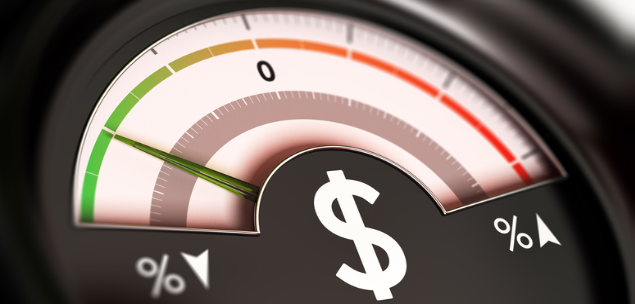In my previous article, Oops… my business made a pricing mistake, I outlined pricing mistakes businesses commonly make. Knowing the mistakes should help you identify and avoid making the same mistakes but what do you do after you discover you’ve made on?
Fix 1 – Know your target customer or customers
A really useful strategy in marketing, sales and pricing is to develop personas of your target customers. This does a few things
- Defines and makes clear who you are selling to. This might be one group or several groups; for example, if you were selling a smartphone your target groups might be teenagers, new to the workforce, parents or pensioners.
- Defines what each target customer values – what a teenager versus a pensioner value will be different.
- Allows you to produce or package products or services for each target group that shows them what they value.
- Allows you to price based on the how each group perceives value.
Fix 2 – Understand your market
There are some different aspects to knowing your market:
- Are you a budget provider or a high-end provider? I can buy a can of soft drink at the supermarket for around $0.50 but I might pay $6.00 at a restaurant. Same product but different market.
- Understand the power of your brand. I used to work at a Big 4 consulting firm and my hourly charge out rate was five times my current rate. Partly because the cost base at the Big 4 firm was higher with the flash offices and staff cafeteria but also because they have a well-known brand. People pay more for brands than generic – again, it’s about perceived value even though in this example the client would be getting the same person on their engagement.
- Know your competition. What is the implication for your customer if they make the wrong decision and go with your competitor? Offer your customers a startling fact before you make a sale e.g. World Vision with their ads ‘$1 a day will…” This let’s your customer be part of the solution. Also, just undercutting the competitions price to increase sales is fraught with danger. It means that you do not understand either your market position, or your relative value proposition. Undercutting price also has to be sustainable in terms of profit margin. No one ever went broke taking profit! What would happen if your competition were to lower their price to match yours?
Fix 3 – Know your numbers
Most small business owners don’t understand their business numbers, or only consider them when they catch up with their accountant. They would rather get teeth pulled than sit down and pour over numbers. I’m not suggesting they need to become accountants. In fact, there are only ten numbers/ratios a business owner needs to know, and they are really easy to calculate. Once you understand these numbers/ratios then you can see the impact on prices on your business. What is the impact of discounting on profitability? What would a 2% increase in sales price have on your business? What impact does low price/high volume pricing have on inventory levels, storage costs, freight etc? What does offering various payment methods or pricing options do to my pricing, sales, and profitability? Understanding numbers also gives you options to try different pricing strategies, or even try A/B price testing
Fix 4 – Spend some time, and apply some thought, to pricing
A true story. I had a client that sold a product in the building industry that only wealthy people with indoor pools, apartment tower developers, or people wanting high environment star ratings would purchase. They called me because they were going out of business. One of the first questions I asked was what the gross profit margin was – they didn’t know. I asked who they were selling to – they told me just one of their target market groups. I asked how they set the price – they relied that they added 30% to the cost. I asked what the cost was – they didn’t know. Did they have uniform prices or a mechanism to calculate a price – no. Why do your customers buy from you – answer was because they had the only Australian licence for the product. You can see from this example they had not understood or even spend any time thinking about who their target customers were, where they were placed in the market, why they priced the way the did or the ramifications of pricing on their profitability. They continued to put pricing in the too hard basket – the owner was still in bed one day when I turned up to talk about pricing – he just could not or would not put the effort in. They also went out of business.
Pricing is an area of your business that needs some thought, and also regular review – it is not a set and forget area.

